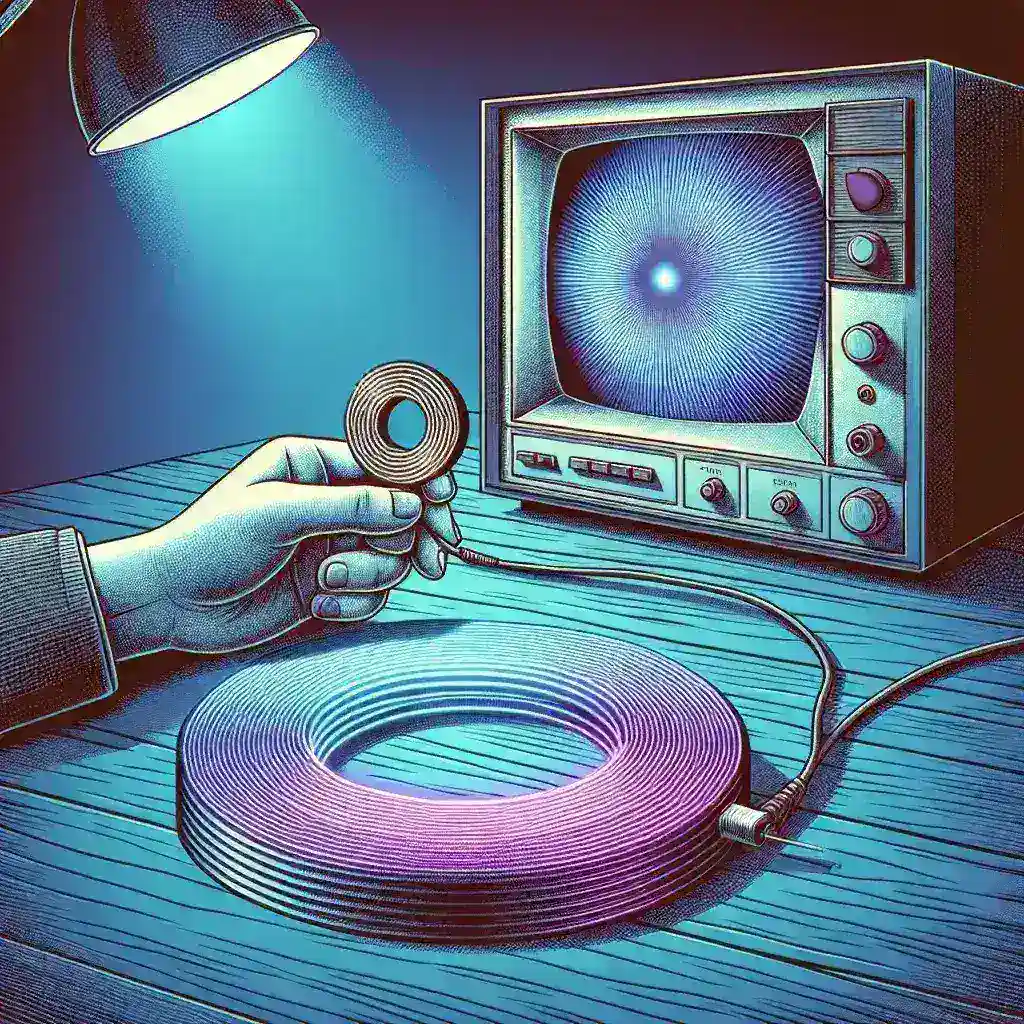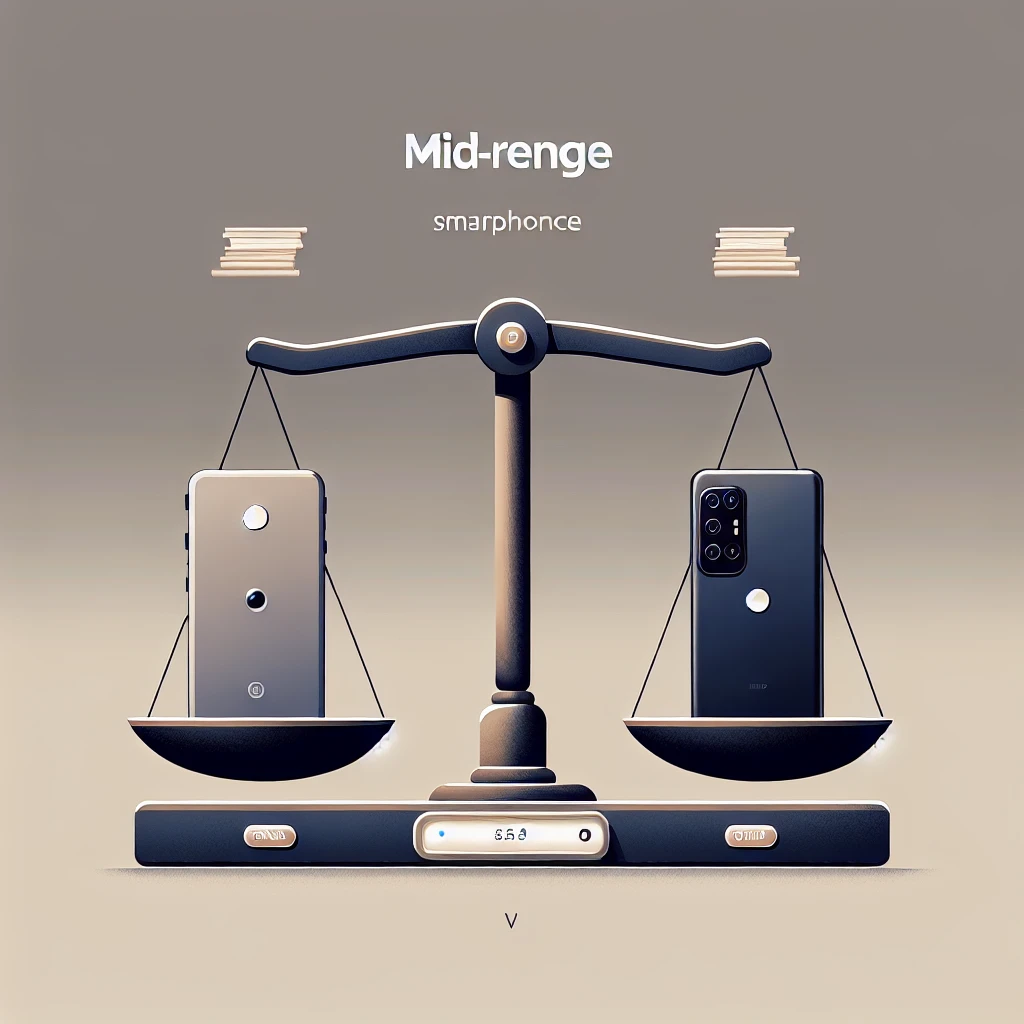A computer monitor can occasionally suffer from discoloration or distorted images due to magnetic interference. This phenomenon can disrupt your viewing experience, making it crucial to address the issue promptly. Degaussing is the process of removing or neutralizing the unwanted magnetic fields that cause these problems. In this article, we will explore how to degauss a computer monitor effectively.
What is Degaussing?
Degaussing is a technique used to eliminate residual magnetic fields from the components of a CRT (Cathode Ray Tube) monitor. These magnetic fields can accumulate over time, leading to issues such as color distortion and image blurring. Although modern LCD and LED monitors do not require degaussing, understanding how to perform this process is essential for those using older CRT monitors.
Why is Degaussing Important?
Magnetic interference can occur due to various factors, including nearby electronic devices, power fluctuations, or even frequent movement of the monitor. The primary benefits of degaussing include:
- Improved Display Quality: Eliminates color distortions, leading to clearer and more accurate images.
- Extended Monitor Life: Reduces strain on the monitor, preventing potential long-term damage.
- Enhanced Productivity: Ensures a distraction-free viewing experience, crucial for tasks requiring high visual precision.
Methods to Degauss a Computer Monitor
There are two primary methods to degauss a computer monitor: manual degaussing and automatic degaussing. Each method has its own set of steps and considerations.
Manual Degaussing
Manual degaussing involves using an external degaussing coil or wand. This tool generates a powerful magnetic field that neutralizes the unwanted magnetic fields on your monitor. Here are the steps to manually degauss your monitor:
- Turn Off the Monitor: Before starting, ensure the monitor is turned off and unplugged to avoid any electrical hazards.
- Hold the Degaussing Coil: Hold the degaussing coil close to the screen, without touching it.
- Power On the Coil: Switch on the degaussing coil. You will notice a humming sound, indicating that the coil is working.
- Move in Circular Motions: Move the coil in slow, circular motions around the screen, gradually increasing the distance from the monitor.
- Turn Off the Coil: After covering the entire screen area, turn off the coil and move it away from the monitor.
- Power On the Monitor: Plug in and turn on the monitor. Check for any remaining discoloration or distortions.
Automatic Degaussing
Most modern CRT monitors come with a built-in degaussing function that can be activated automatically. This process is often triggered when the monitor is turned on. Here is a step-by-step guide to automatic degaussing:
- Turn Off and Unplug the Monitor: Similar to manual degaussing, start by turning off and unplugging the monitor.
- Wait for a Few Minutes: Wait for about 15-20 minutes to allow any residual electric charge to dissipate.
- Plug In and Turn On the Monitor: Plug the monitor back in and turn it on. The built-in degaussing function will activate automatically.
- Access On-Screen Menu: If the automatic process does not work, use the monitor’s on-screen menu to find the degaussing option.
- Select Degauss: Navigate to the degauss option and select it. The screen will likely shake or display some visual effects, indicating the degaussing process is active.
- Verify Results: Once completed, check for any remaining issues on the screen. Repeat the process if necessary.
Troubleshooting Common Issues
Even after degaussing, some issues might persist. Here are some troubleshooting tips:
- Persistent Discoloration: If the discoloration remains, move metallic objects or other electronic devices away from the monitor.
- Repeated Blurring: Ensure that the degaussing coil is moved slowly and evenly across the screen during manual degaussing.
- Monitor Placement: Keep the monitor in a stable position and avoid frequent movement to reduce the need for degaussing.
Alternatives to Degaussing
For users of LCD or LED monitors, the issues commonly solved by degaussing are less relevant. However, if you face other display problems, consider these alternatives:
- Monitor Calibration: Use your monitor’s built-in calibration tools or external software to adjust color accuracy and sharpness.
- Graphics Driver Update: Ensure your computer’s graphics drivers are up to date for optimal performance and display quality.
- Professional Repair: For persistent issues, consult a professional technician to diagnose and fix hardware problems.
Conclusion
Degaussing is a vital process for maintaining the display quality and longevity of CRT monitors. Whether you choose to degauss manually or use the automatic function, understanding these methods can help you address any display issues effectively. Always follow safety guidelines to prevent any potential harm during the process.




